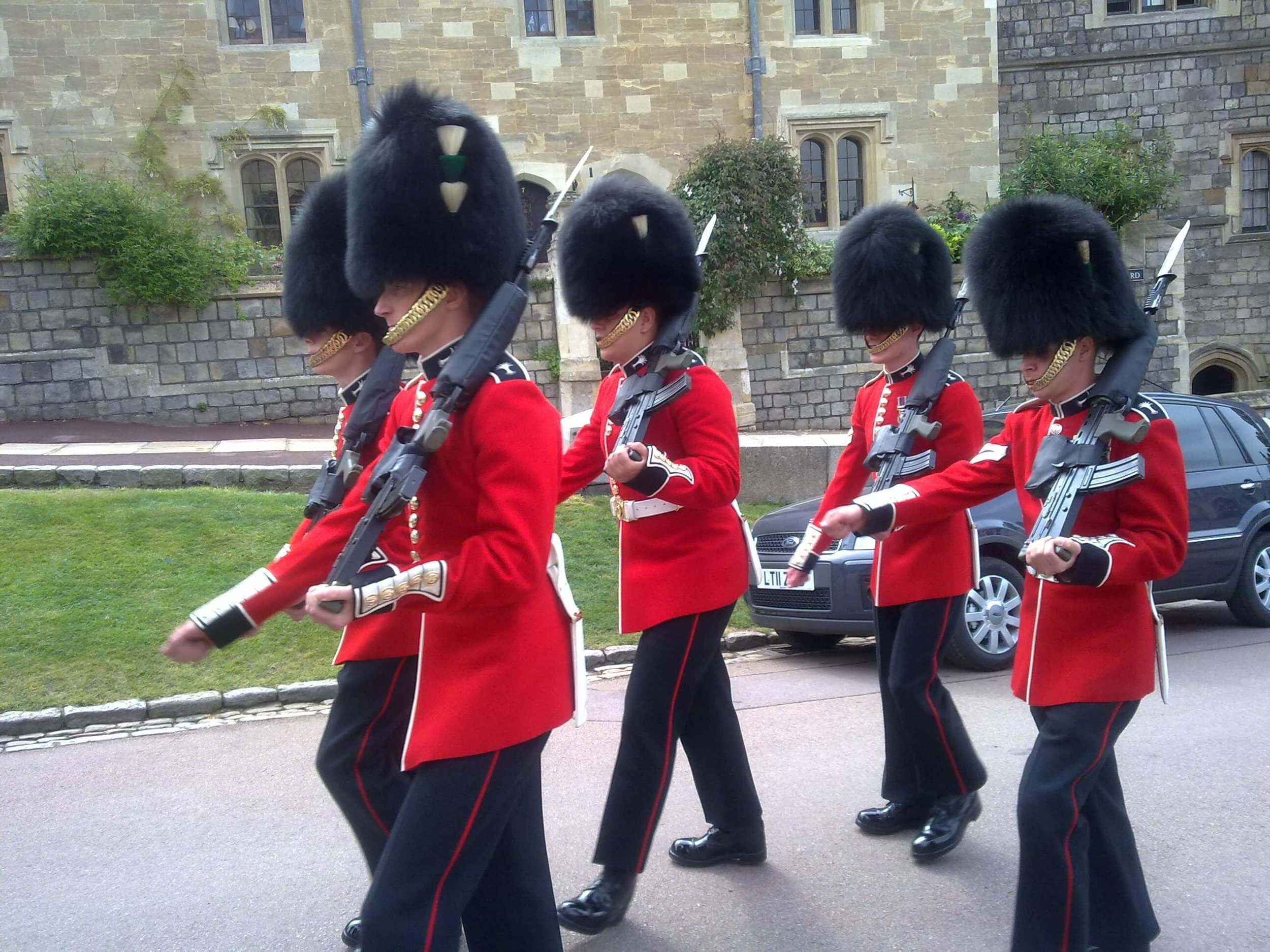Curb Chain
Curb chain
“Loyalty to petrified opinion never yet broke a chain or freed a human soul.”
Chains in their most rudimentary form were used as early as 225 B.C. to draw buckets of water from potable sources. These early, and it must be said primeval, chains consisted of simple metal rings connected in series and were likely crafted by anyone with access to enough metal to do so. In the middle ages, the “smithy” took over the role of forging chains into something a bit more robust and technical. Eventually, and a bit surprisingly for the time, women played an important role as forgers of mid-weight chain cables.
Arguably the most famous was Lucy Woodall who began apprenticing at the age of 13, working 12 hour shifts 6 days a week and finally retired into her seventies. She made agricultural chain for American and Canadian markets, as well as chain bound for Africa to be used in lion traps. She became a local celebrity and died just before her 80th birthday.
The word ‘chain’ in modern english owes its form to the Proto-Indo-European root ‘kat-‘, which refers to a braid or twist. Here we see one of the more elegant configurations of these interlocking braids and twists, the Curb Chain. Designed with horse tack in mind, the curb chain (meaning to restrain or hold back, as in ‘curb’ your enthusiasm) lays flat while the cable chain does not, allowing it to easily and comfortably contour along a horse’s chin. As such, this little length of chain works perfectly for us anytime one might need a flat chain rather than the more traditional rounded variety.
Knowledge Sources
http://chain-guide.com/breaks/brief-history-of-chain.html
https://www.perfectionchain.com/history-of-chain-manufacturing/
https://patrickjegan.me/2014/03/29/a-brief-history-of-chains-and-chainmaking/
http://www.xebitor.com/generic/item679-64.htm
https://kettentechnik-roeder.de/en/technology/history-of-chain
http://www.xebitor.com/generic/image679-6.htm
https://dressagetoday.com/instruction/introducing-double-bridle-dressage-horse
Image Sources
http://www.xebitor.com/generic/item679-64.htm
https://commons.wikimedia.org/wiki/File:Teeth_by_David_Shankbone.jpg




